Transforming Business with Cloud-Based Print Solutions
In today's fast-paced, digitally driven environment, traditional printing infrastructures often hinder business agility, security, and cost management. Cloud-based print management offers a revolutionary approach, centralizing control, enhancing security, reducing costs, and enabling organizations to seamlessly operate across multiple locations. This article explores how cloud print management is reshaping business operations, driving efficiency, and positioning enterprises for future growth.
Understanding Cloud-Based Print Management

What is cloud-based print management?
Cloud-based print management is a modern approach allowing businesses to manage their printing infrastructure through internet-connected platforms. Instead of relying on traditional on-premise print servers, organizations can control and monitor print jobs remotely via a centralized cloud system.
This technology connects various digital devices—such as laptops, smartphones, and tablets—to printers seamlessly, regardless of location. It supports multiple operating systems like Windows, macOS, and Linux, enabling diverse device compatibility.
Core components of cloud print management include a cloud-based print server, management software, and compatible printers. These elements work together to route print jobs securely, automate driver updates, and provide real-time monitoring.
How does it enable remote access and device compatibility?
A significant advantage of cloud print solutions is the ability to print from any device or location with internet access. This flexibility supports remote work and mobile printing, allowing employees to print securely from smartphones, tablets, or laptops without installing lengthy drivers or worrying about compatibility issues.
Cloud services often incorporate features like secure login, badge access, or PINs to ensure data privacy. They also support 'follow-me' printing, where print jobs are released at convenient devices, enhancing both security and convenience.
Features like automatic updates, centralized management, and security
Cloud print management simplifies ongoing maintenance with automatic software updates, ensuring the system remains secure and up-to-date without manual intervention. Centralized dashboards allow IT teams to oversee all printing activities across multiple locations efficiently.
Security measures are a critical aspect. Solutions typically include encryption of data in transit, user authentication, and secure pull printing to prevent unauthorized access. Many solutions conform to compliance standards such as GDPR, HIPAA, and ISO 27001.
In addition, print rules can be defined to control costs, restrict access, or set print quotas, helping organizations manage expenditures effectively. Overall, cloud print management provides a flexible, secure, and efficient way to operate printing environments in today’s digital, mobile, and environmentally conscious workplaces.
Cost Savings and Environmental Sustainability
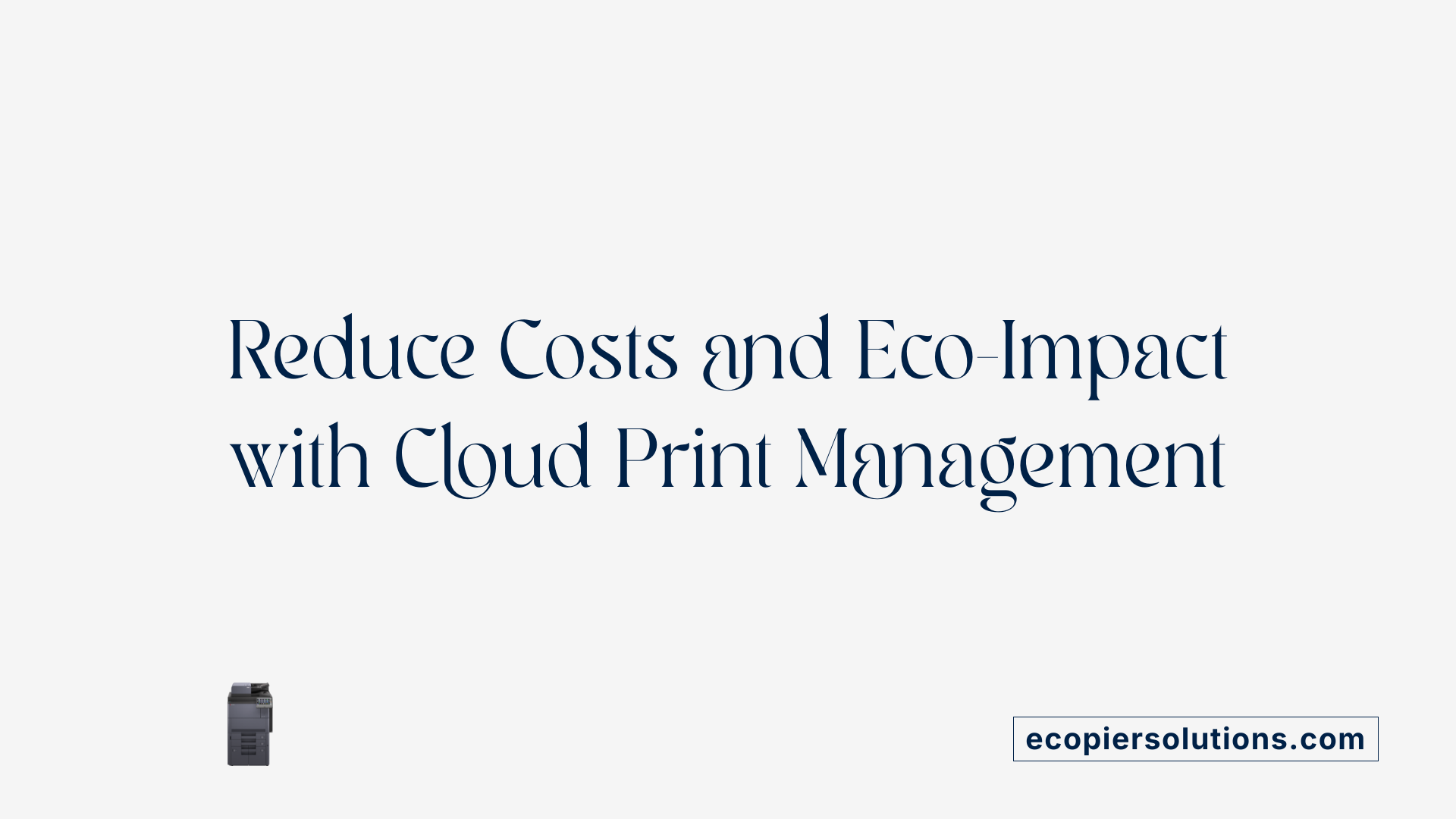 Adopting cloud-based print management solutions offers substantial financial benefits for organizations. One of the primary advantages is the reduction of hardware and infrastructure costs. By eliminating the need for traditional on-premise print servers and associated maintenance, companies can significantly lower capital expenses and ongoing operational costs.
Adopting cloud-based print management solutions offers substantial financial benefits for organizations. One of the primary advantages is the reduction of hardware and infrastructure costs. By eliminating the need for traditional on-premise print servers and associated maintenance, companies can significantly lower capital expenses and ongoing operational costs.
Cloud print services also support scalable pay-as-you-go models. This flexibility allows businesses to adjust their printing resources according to evolving needs without investing in extra hardware. Such scalability ensures that organizations pay only for what they use, optimizing expenditure and avoiding unnecessary hardware procurement.
Beyond cost savings, these solutions enhance environmental sustainability. Features like print job tracking, detailed reporting, and enforcement of eco-friendly print policies—such as double-sided printing and black-and-white options—help minimize waste. By routinely monitoring printing habits and setting restrictions, organizations can drastically reduce paper, toner, and energy consumption.
Reducing physical devices and optimizing resource use contribute significantly to lowering the organizational carbon footprint. Overall, cloud print management not only cuts costs but also promotes responsible environmental practices, making it a strategic upgrade for forward-thinking businesses.
Enhancing Security and Compliant Document Handling
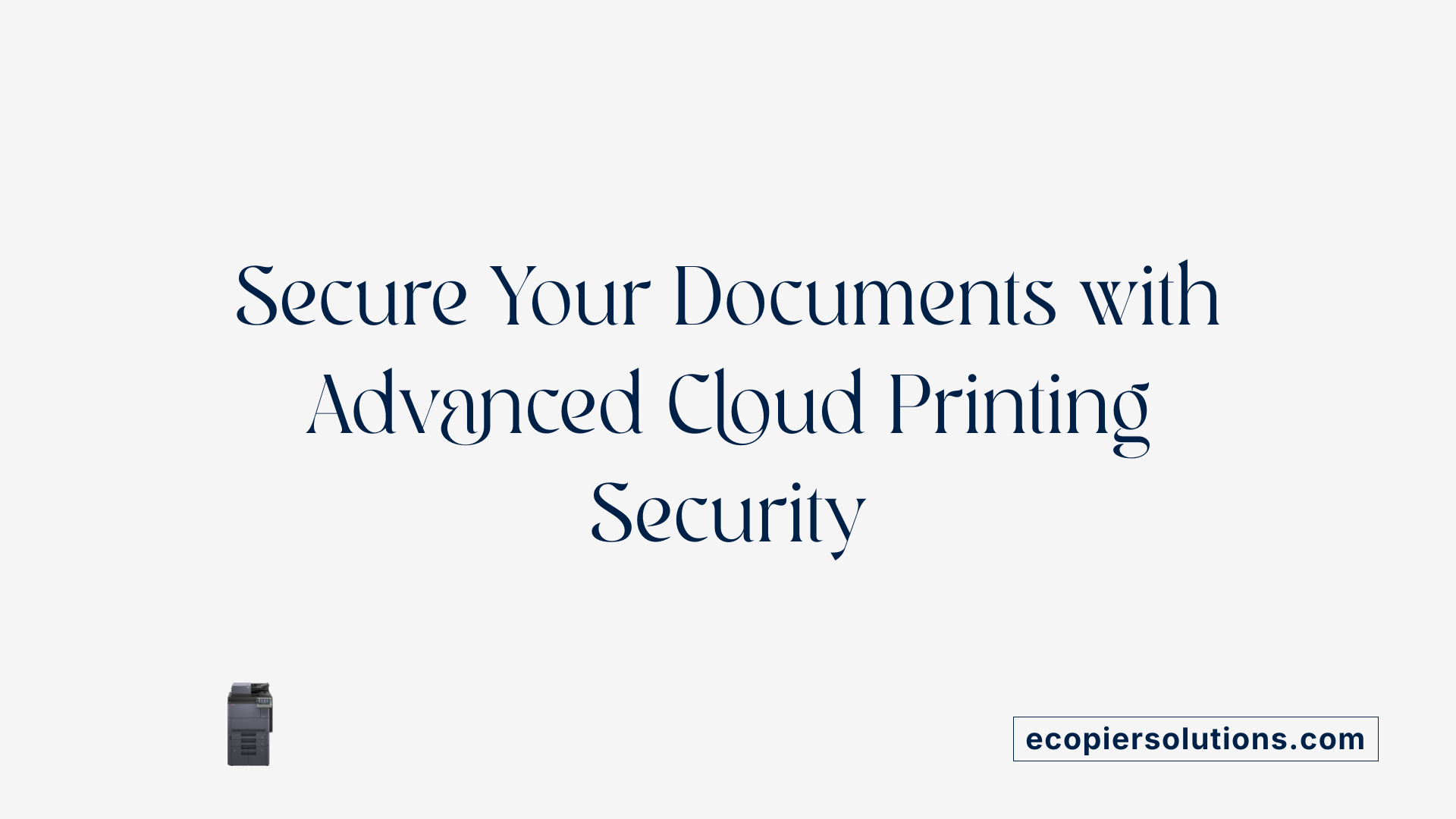
How does cloud print management enhance security and document confidentiality?
Cloud print management significantly bolsters the protection of sensitive documents through various security measures. One of the primary features includes encryption; data is encrypted both during transmission and when stored, using advanced algorithms such as AES256-GCM. This ensures that print jobs remain unreadable to unauthorized parties.
Furthermore, user authentication mechanisms are in place to control access. Role-based controls and integration with identity management systems verify user identities, preventing unauthorized printing. Secure print release options, like PIN codes or badge-based authentication, require users to authenticate at the device, ensuring that documents are only released to the intended recipient.
Compliance with industry standards further enhances security. Many cloud print solutions meet requirements like GDPR, HIPAA, ISO 27001, and SOC 2, making them suitable for organizations handling sensitive data.
Additional security features include locally stored print jobs via private cloud setups, reducing exposure to potential breaches, and real-time audit trails that track all print activities. These combined measures create a comprehensive security environment, safeguarding confidentiality and supporting regulatory compliance.
Centralized Control and Management of Printing Resources
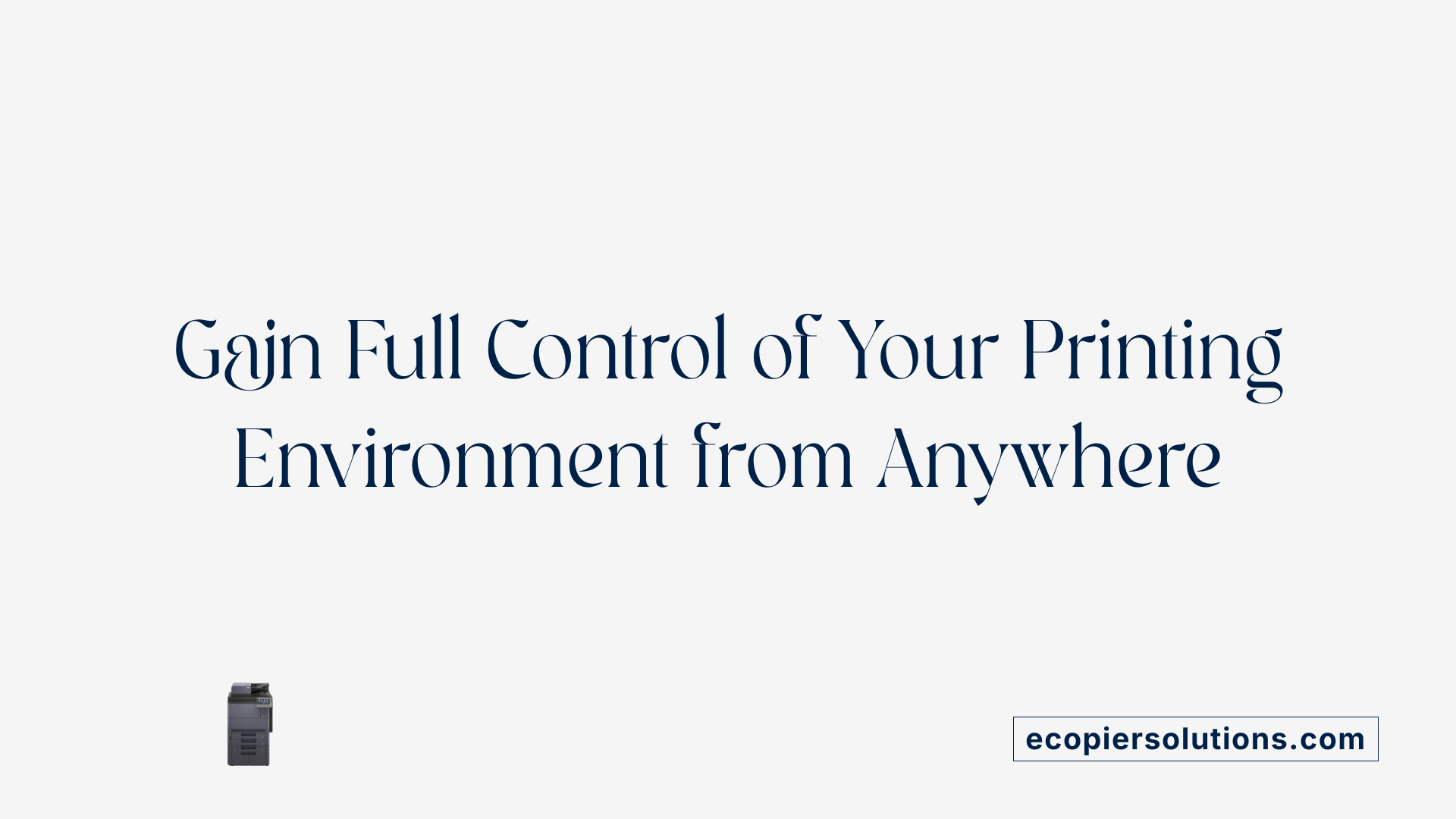
How does cloud print management enable centralized control and remote management?
Cloud print management provides a comprehensive way to oversee and control printing resources from a single, centralized platform. Administrators can monitor all printers, print jobs, and device status in real-time through intuitive dashboards that are accessible from anywhere.
This system facilitates remote troubleshooting, enabling IT teams to diagnose and resolve issues without physically visiting devices. It also simplifies configuration and policy enforcement — IT can set security protocols, print rules, and quotas across all printers remotely.
Device discovery and driver management are streamlined, as many solutions automatically detect new devices joining the network and deploy necessary drivers without manual intervention. This reduces setup time and minimizes errors.
Moreover, cloud-based solutions are inherently scalable and flexible. They allow businesses to effortlessly add new printers or locations, adjust policies, and adapt to changing needs without major infrastructure changes.
Overall, cloud print management enhances control by making the entire printing environment transparent, manageable, and secure from a single interface, regardless of where users or devices are located.
Future Trends and Industry Innovations
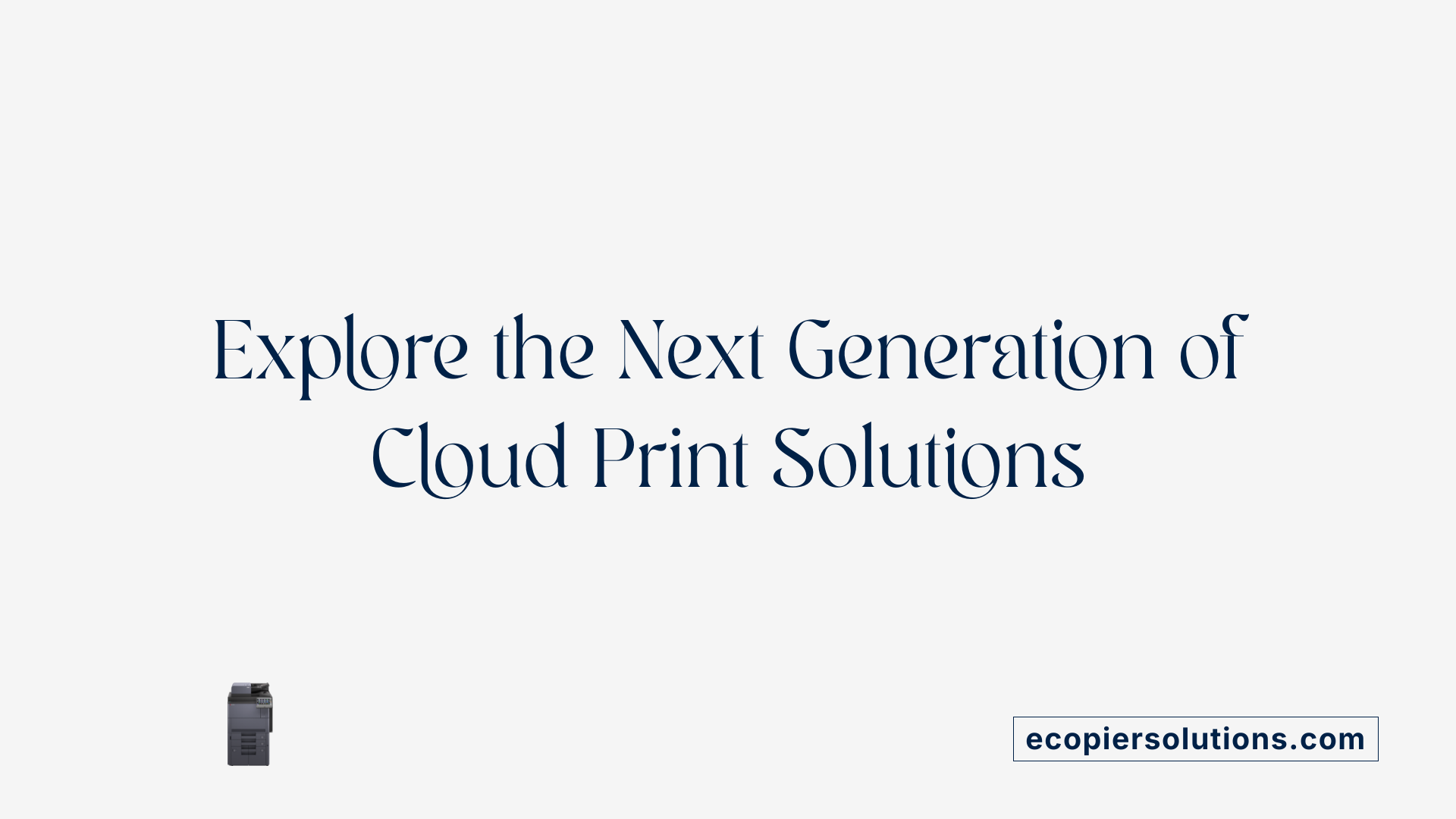
What are the future trends and innovations in cloud print management technology?
The future of cloud print management is poised for significant advancements driven by emerging technologies and evolving enterprise needs. One prominent trend will be the integration of artificial intelligence (AI) and automation. These features will optimize workflows by predicting maintenance requirements, automating supply reordering, and enhancing analytics for better decision-making.
Support for hybrid and serverless models is expected to expand, offering organizations more flexible and scalable solutions that require less hardware dependency. This shift enables businesses to adapt quickly during growth phases or digital transformations, ensuring continuous operations without extensive infrastructure investments.
Security protocols will see continuous improvements. Multi-factor authentication, end-to-end encryption, and compliance with standards like GDPR and HIPAA will become standard to address growing concerns about data privacy and security breaches. These measures will protect sensitive print jobs and ensure regulatory adherence.
Furthermore, industry standards are likely to evolve toward seamless integration across diverse systems. Developing unified frameworks will promote interoperability among print devices, enterprise applications, and cloud services. This alignment will streamline workflows, improve device compatibility, and facilitate comprehensive management.
Advancements will also bolster support for remote and mobile printing, enabling more secure, efficient, and user-friendly interactions from any device or location. Such innovations will promote sustainability by reducing unnecessary printing, leveraging eco-friendly practices, and minimizing environmental impact.
In summary, future innovations in cloud print management will center around intelligent automation, enhanced security, flexible hybrid configurations, industry-standard interoperability, and a strong focus on supporting remote work environments. These developments aim to create more efficient, secure, and adaptable printing ecosystems for organizations worldwide.
Embracing a Digital Future
As organizations continue to adapt to ever-changing technological landscapes, cloud-based print management stands out as a transformative solution that not only improves operational efficiency but also reinforces security, sustainability, and agility. By centralizing control, reducing costs, and supporting mobile and remote work, cloud printing paves the way for smarter, more flexible business environments. Embracing this technology now prepares enterprises to stay competitive, resilient, and aligned with future innovations that will further revolutionize business workflows.
References
- 6 Reasons to Transition to Cloud Print Management
- How your business can benefit from cloud print management
- How Cloud Print Management Transforms Enterprise ...
- How your business can benefit from cloud print management
- Cloud Print and the Future of Print Management - DMS Group
- How Does Cloud Print Management Work? | Kofax
- Benefits of Print Management Solutions for Business
- 8 Benefits of Cloud Print Infrastructure
- Cloud Print Servers & MPS Benefits for Businesses in 2024



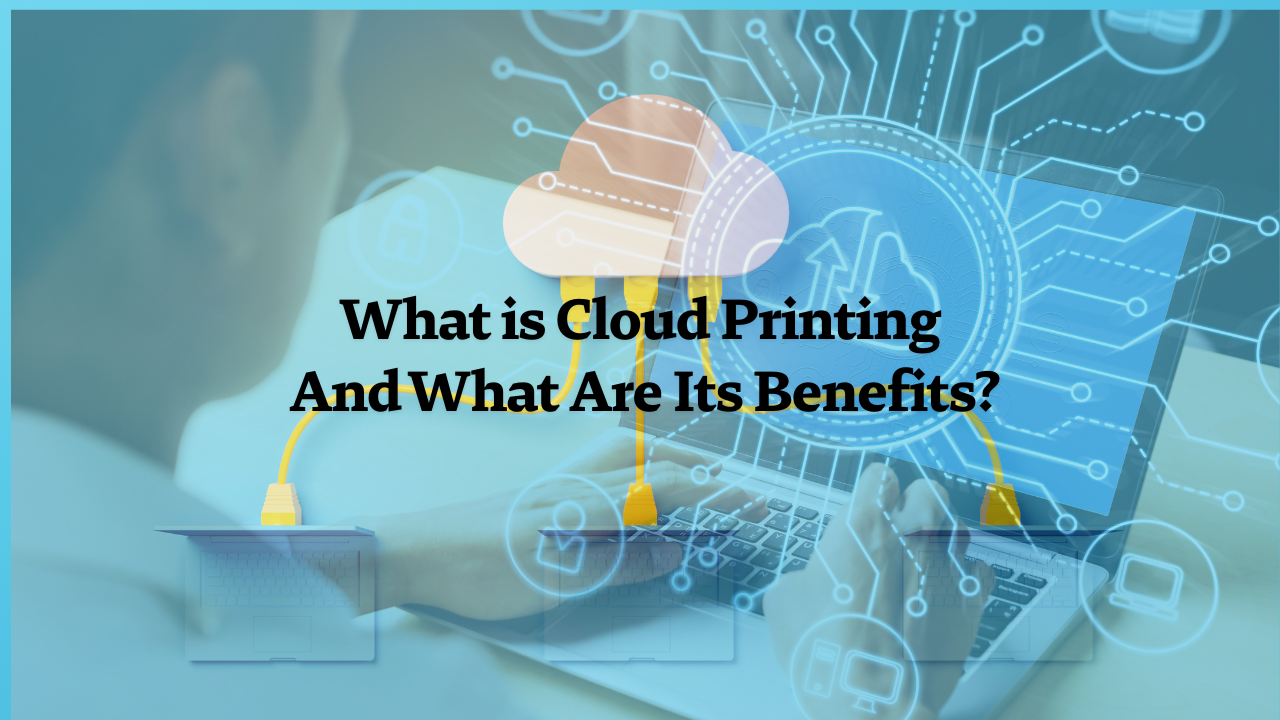
.png)
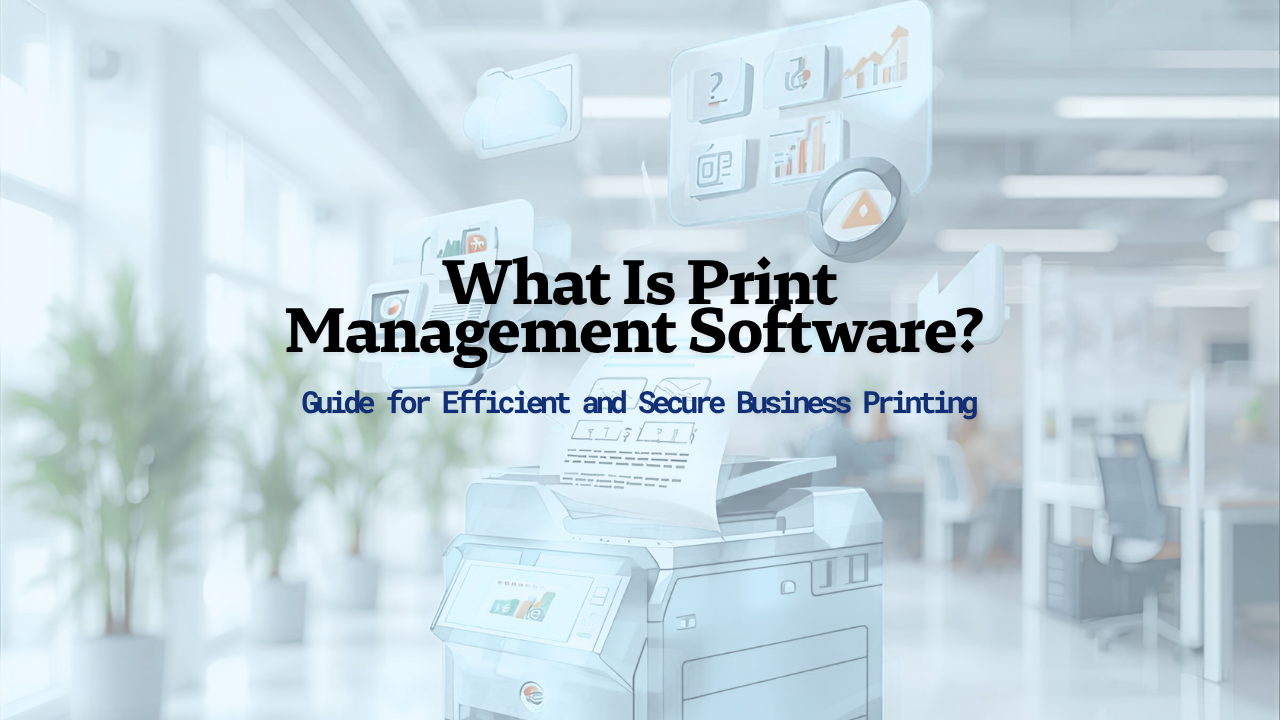
.png)
























